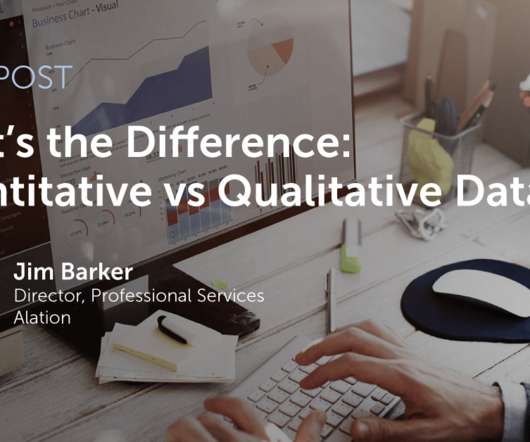Workforce Planning Reimagined: AI Makes Forecasting Smarter
David Menninger's Analyst Perspectives
APRIL 17, 2025
Workforce planning has long been a cornerstone of business strategy, yet many enterprises still approach it with outdated methods. The shift to skills-centric strategies has begun to impact the way enterprises approach recruiting. Traditionally, it has been rigid, reactive, subjective and often siloed.
















Let's personalize your content